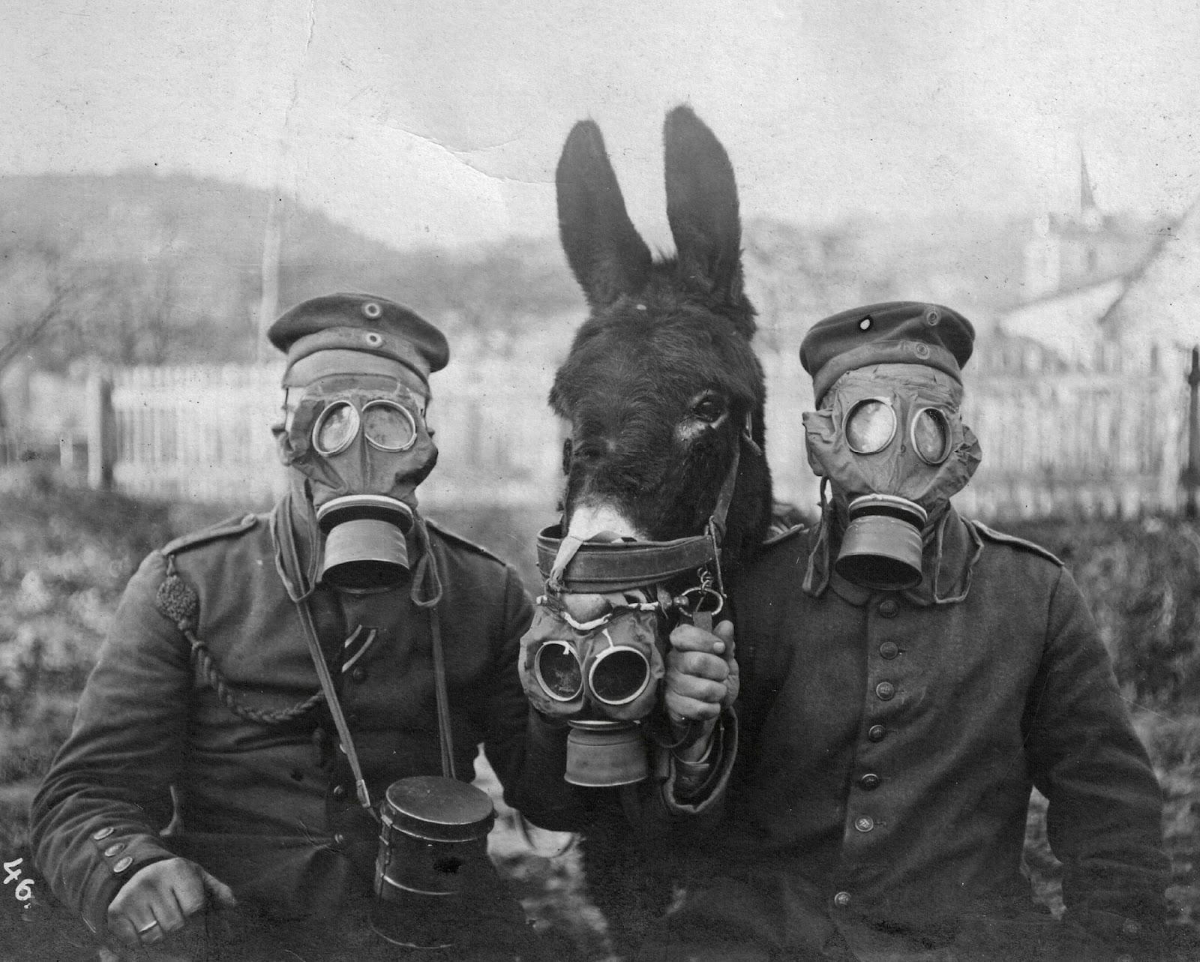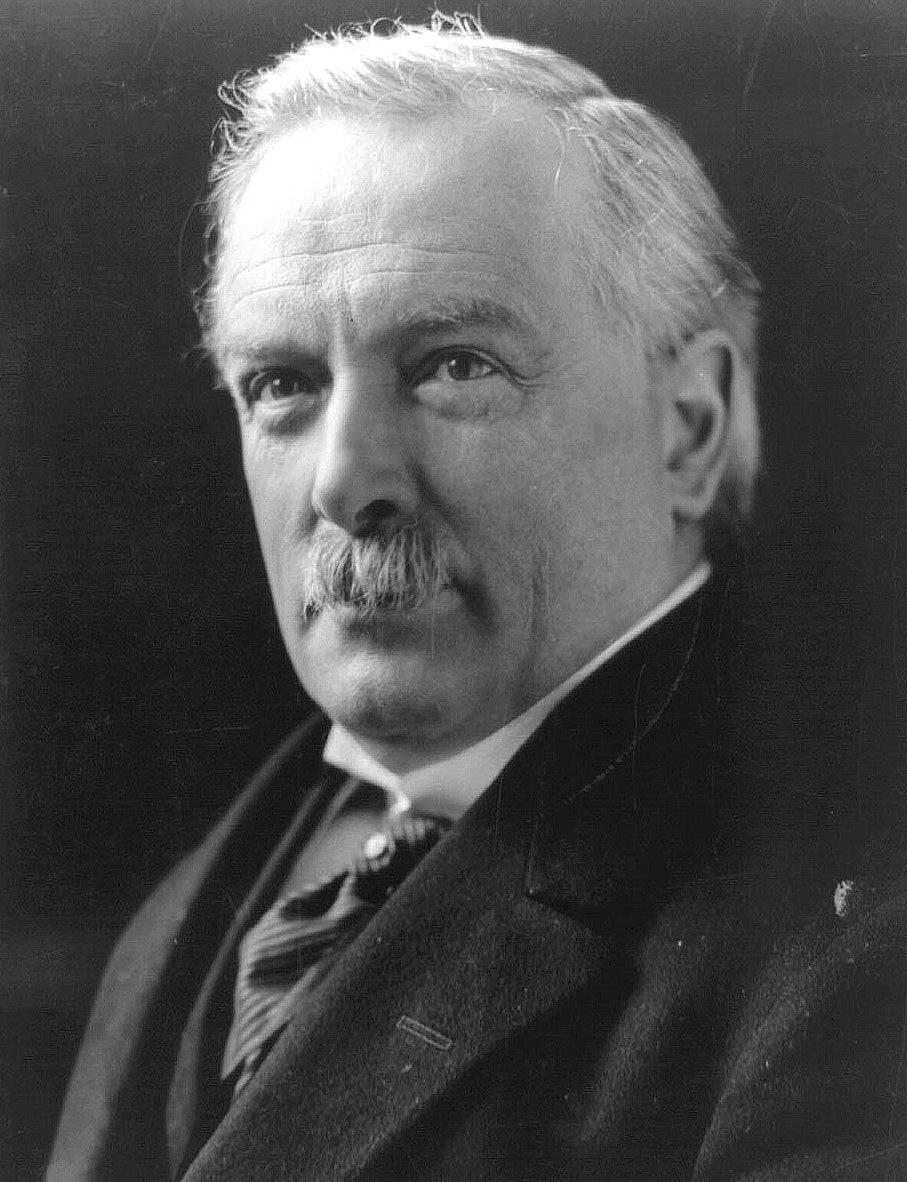13. "THE GREAT WAR" (WORLD WAR ONE)

1916

1916
 A stalemate continues along the
A stalemate continues along theWestern Front
 The British attack along the Somme-
The British attack along the Somme-
River Front
 America stays committed to neutrality
America stays committed to neutrality
The textual material on page below is drawn directly from my work
A Moral History of Western Society © 2024, Volume Two, pages 85-86.
A STALEMATE
CONTINUES ALONG THE WESTERN FRONT |
Imperial War Museum
historyinphotos.blogspot.com

Imperial War Museum, London
But: fierce action
would soon develop on two particular points along the line: Verdun and the Somme River
Valley
US Millitary Academy at West Point
THE
GERMAN ASSAULT ON VERDUN |
| In
the late winter (February) of 1916 the Germans opened up a massive
offensive against the French line at the fortress city of Verdun.
The Germans literally reduced to rubble the complex fortifications of
Verdun, hoping to annihilate completely the French troops gathered
there. It was expected that this would open such a huge hole in
the French line that the French would be thrown in disarray and the
Germans could then move on the French capital and end the war.
Massive amounts of German power would be thrown into this operation. But the Germans had not counted on the stiff resistance the French offered even amidst the rubble, and the French line held as more French divisions were brought into position by the determined French General Pétain. By July the Germans were forced to back off on the effort … because it had become very clear that the Germans were gaining nothing from the effort except a massive loss of men and war materials. |
German Operation Gericht (place of execution)
900 thousand French and German soldiers killed, wounded or captured
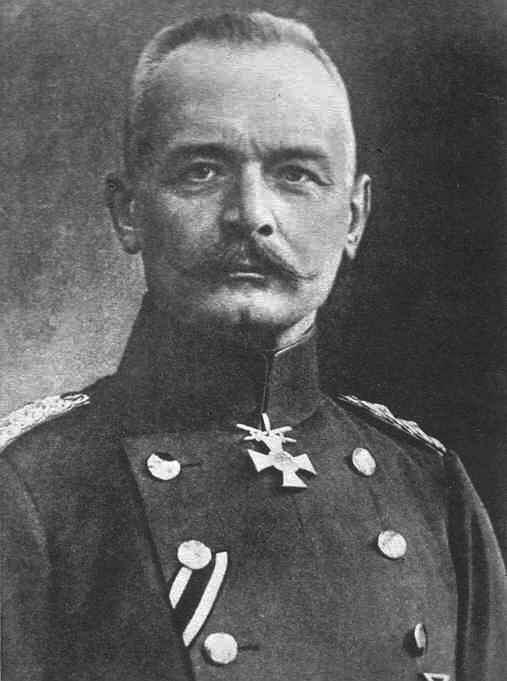


Bayerisches Hauptstaatsarchiv, Munich
historyinphotos.blogspot.com
historyinphotos.blogspot.com
THE
BRITISH ATTACK ALONG THE SOMME-RIVER FRONT |
| As
things bogged down at Verdun, the scene of the greatest action moved
north along the battle line to the Somme River valley … where the
British had undertaken a massive countermove against the Germans –
something on the scale of the German Verdun effort. Try and try
again (just like Verdun) through August, September and October, even as
the effort became heavier with time, nothing was achieved in the
process. Finally, the November rains (and fields of knee-deep
mud) brought the effort to a halt. And here too, the only result
of the British Somme River offensive was the loss of massive numbers of
men and supplies … on both sides. But something of note was introduced in the effort: the British tank. This automotive tank was brought into action in order to finally be able to cross barbed wire, face machine guns, and even overcome trench defenses … except that the British military had not yet figured out the necessity of advancing foot-soldiers in accompaniment with the tanks. Thus the tank at first proved to be more a novelty than a breakthrough in military technology. But they would soon develop that technology (certainly by the spring and summer of 1918) … at that point making the war in the West much more mobile. |
British Field Marshall Sir
Douglas Haig. Haig took over command of the British
Expeditionary Force (BEF) from Gen. John French in 1915>
and planned
and directedthe grand assault against the German
positions along the Somme River.
The net result was only a relatively small
number
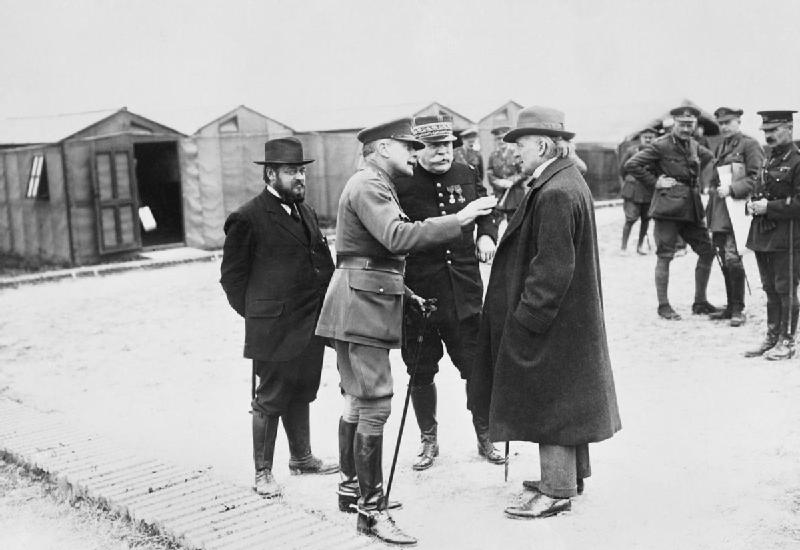
The Imperial War Museum
Imperial War Museum
Imperial War Museum








Imperial War Museum, London
An early model British Mark
I "male" tank, named C-15, near Thiepval, 25 September 1916. The tank is probably in reserve
for the Battle of Thiepval Ridge which began on 26 September. The tank is fitted with the wire
"grenade shield" and steering tail, both features discarded in the next
models.
Imperial War Museum
Imperial War Museum
Imperial War Museum

THE
EASTERN FRONT |
|
The 1916 Brusilov Offensive
The year 1915 did not go well for Russia. TThe year 1915 did not go well for Russia. The Germans pushed the Russians out of Warsaw as well as the Polish lands further to the east. But the Russians planned to open up an offensive in June of 1916 (the Brusilov Offensive) against the Austrians – involving a massive number of Russian soldiers and war materials – in the hopes not only of relieving the German-Austrian pressure on the vital wheat-producing economy of the Russian Ukraine region but also of retaking some of the lost Polish territory. And in part it was undertaken to relieve the pressure on the French at Verdun. And this was prompted by the belief that the Austrian-Hungarian war machine could yet be broken. But whereas General Brusilov's Offensive ultimately (by September) did break much of Austria's power (forcing Austria to have to rely increasingly on German assistance in its sector) it also exhausted the Russian army so deeply that the Russians found themselves unable to mount much of an effort against their enemies after this point. And this, in turn, would lead to deep political troubles at home for Russia. |

Marshall, p. 183.
AMERICA
STAYS COMMITTED TO NEUTRALITY |

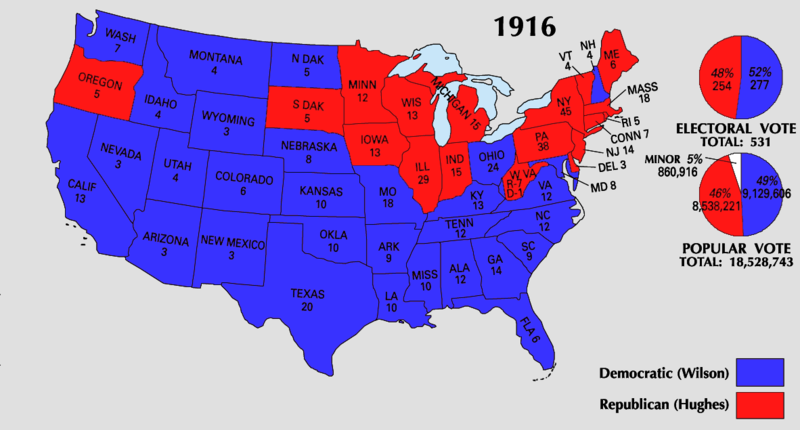
THE
IRISH QUESTION |

Dublin Post Office burned
out by British artillery when Irish nationalists seized control of it during the Easter Uprising
(April 24-30, 1916) ... in which they called for the creation of an Irish
Republic


American-born Éamon
de Valera (ca. 1918-1920) one of the leaders of the
Easter Rising ... and then Taoiseach (prime
minister) and eventually even President of Ireland

Go on to the next section: 1917

Go on to the next section: 1917







